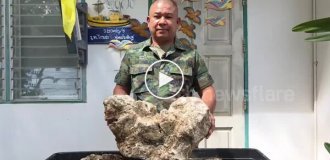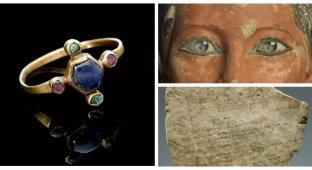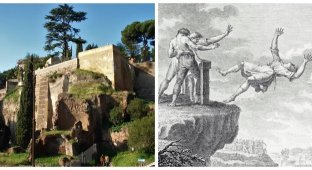What was found underwater off the coast of Japan: an underwater a 10,000-year-old city (13 photos)
This story began in 1986. A local diving instructor was looking for hammerhead sharks (everyone has their own hobby, and for some it's a risky one). And suddenly he came across something strange at a depth of about 30 meters. 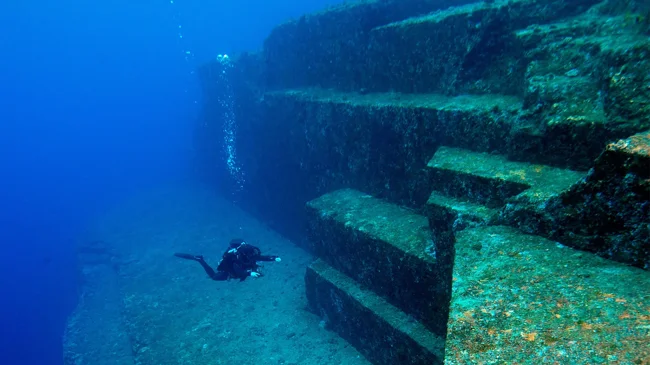
Majestic stone terraces. Perfectly even steps. Mysterious arches and passages, as if carved by the hand of an invisible architect. Moreover, it looked not like a chaotic pile of stones, but like a complex and well-thought-out structure.
A full-fledged city has emerged. The only question is whether it was built by people or nature. Let's figure it out.
This complex challenges our understanding of history. Because it is too ancient. Scientists are sure that these were previously land objects. And about 10 thousand years ago they went under water.
This is more than 3 thousand years before the first human civilization known to historians - the Sumerians. 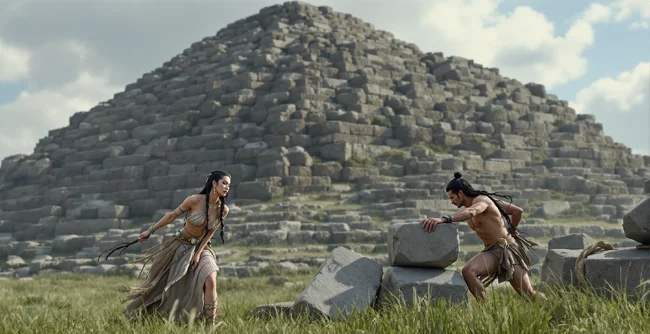
At first, they decided that this could be an ancient temple or even the remains of an entire city that went under water after another cataclysm. This remains the main hypothesis to this day. However, geological processes could also have created such a "miracle of nature".
This complex is called "Yonaguni Monument" or Terraced Formations near the Ryukyu Islands.
Let's figure out what these ruins are and who could have created them.
Atlantis in Japanese
If you've ever dreamed of finding Atlantis, but didn't want to go far from land, welcome to the south of Japan, to Yonaguni Island.
A few numbers.
The main star of the complex is the Yonaguni Pyramid, 42 meters high (this is a 14-story building) and the size of a football field (the sides of the pyramid are 183 and 150 meters). The top of the pyramid is at a depth of 30 meters.
A detailed picture of the pyramid with terraces looks like this: 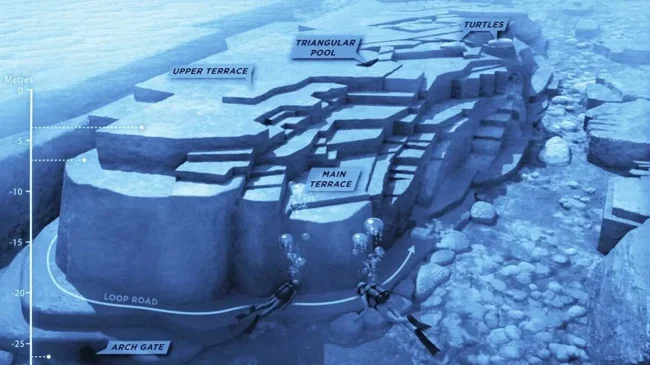
Why is the pyramid not pyramidal enough? Because time has passed and the original structure has been badly damaged.
There is a whole complex around it: stairs, roads, terraces, platforms, caves and even objects that researchers with imagination call temples, castles, stadiums and... swimming pools.
Because, as we know, what self-respecting ancient people would not build an underwater pool?
The stepped terraces and rectangular shapes of Yonaguni resemble megalithic monuments created by other ancient cultures.
Caves with stalactites were found near the monument, the age of which indicates that the area was flooded about 10,000 years ago. This is how the age was determined. 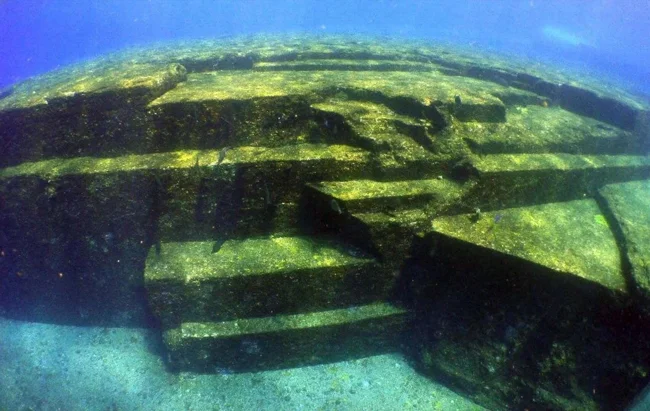
The entire complex occupies almost 45,000 square meters. It is made of sandstone and limestone, and these are, mind you, materials that are easily eroded. Hence the main intrigue: a natural joke or a man-made masterpiece?
Who built all this... if anyone built it at all?
Here begins the intellectual duel. European geologists say: "Guys, what's wrong with you? It's just sandstone, it's cracked, it's all natural."
They even have arguments - they say that similar things exist in Ireland (Giant's Causeway), in the Bahamas (Bimini Road), in Norway (Preikestolen). Nature, they say, sometimes goes into perfectionist mode.
Later in the article I will provide photos of all these - truly natural - objects. They show that geometry is not alien to nature. 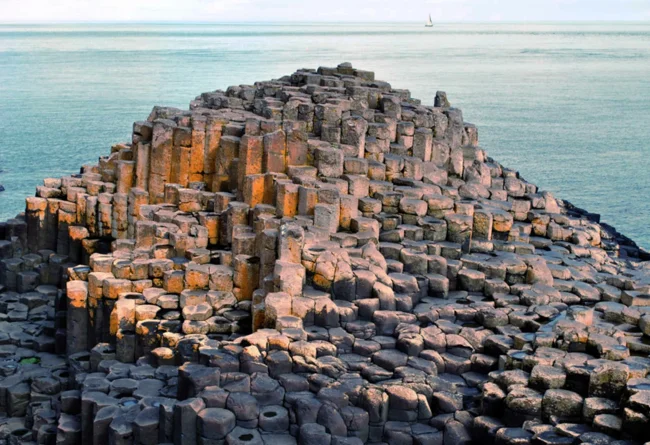
Giants Causeway in Ireland
Japanese scientists disagree. Geology professor Masaaki Kimura said: "These are not just cracks. This is an ancient city and it was probably built by representatives of the Jomon civilization."
Some finds at the site of the ruins add fuel to the fire: arches that resemble doors, reliefs in the form of turtles, patterns similar to symbolic inscriptions, stairs that lead to nowhere... All this can be attributed to natural processes, but it is difficult to resist the thought: what if? Too many such "similarities" were found in one place at one time. 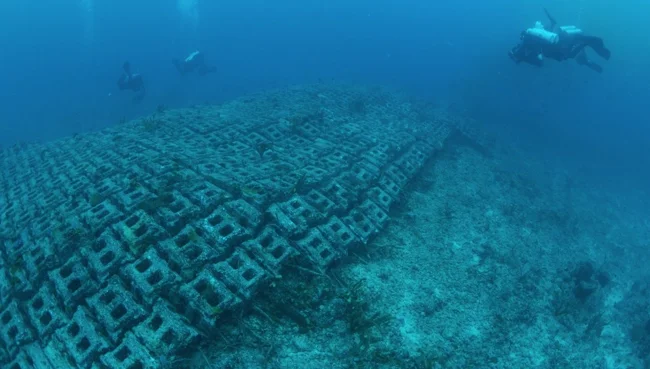
Bimini Road in the Bahamas - the beach rocks are so bizarrely split
But back to the people. Let's see who inhabited these places thousands of years ago.
Jomon: Hunter-Gatherers with a Surprise
The Jomon are a people who began making pottery before the Egyptians began building pyramids. They made rope ornaments, lacquered items, grew pumpkins, domesticated dogs and, judging by archeology, led a rather peaceful lifestyle.
They built houses like these: 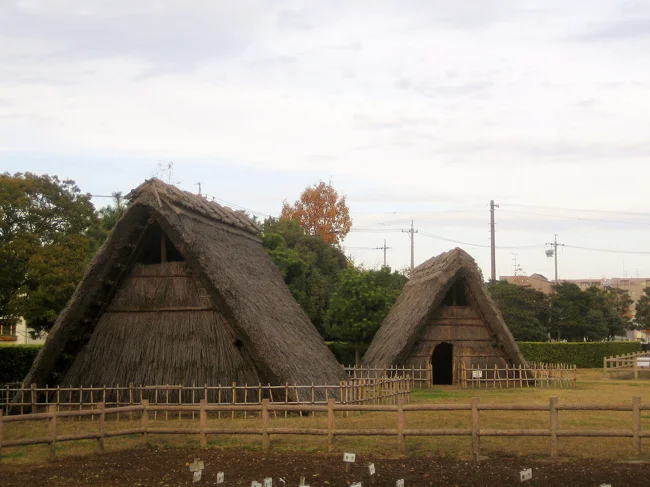
Shimizuka Campsite
They mostly got their food by hunting and gathering, but were already moving on to a more developed stage. They grew plants, but on a limited scale - there was no developed agriculture. And they domesticated wild boars and dogs. They loved seafood (not very original for Japan) - they smoked fish.
Not a single war for 16,000 years. How do you like that? An unthinkable luxury for European history.
They made such beautiful ceramics at a late stage of their development - about 5 thousand years ago. 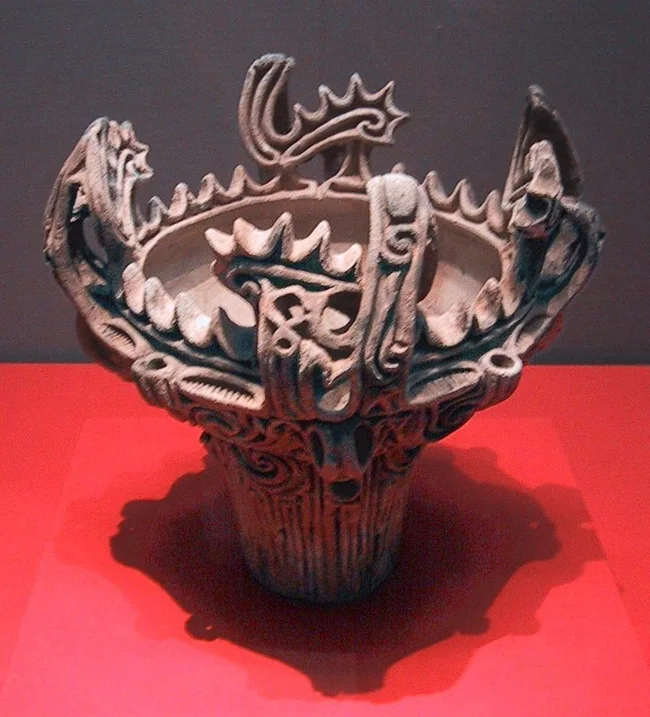
Moreover, the Jomon traveled across the Pacific Ocean. Scientists have found anchors similar to Japanese ones off the coast of California, and in South America - shards with ornaments reminiscent of Japanese ceramics. Later, genetics confirmed the suspicion - the genome of the Jomon representatives was found in the DNA of the indigenous peoples of North America.
They even had their own asphalt. The full recipe has not been preserved. It is only known that the asphalt was natural bitumen - a substance formed from the remains of organic material.
Such skilled sailors could also build structures. And if the Yonaguni Pyramid is the work of the Jomon, then this means that hunter-gatherers in Japan were building megalithic complexes even before most peoples of the world figured out how to bake bread. 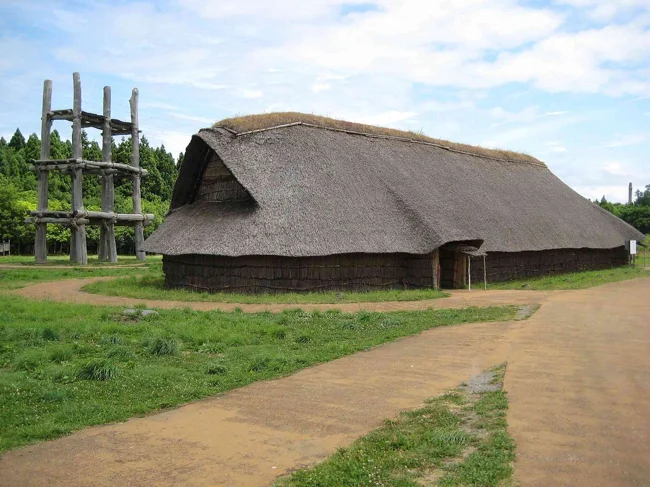
This is what the Jomon assembly hall looked like. It resembles a long Scandinavian Viking house that appeared in northern Europe thousands of years later
In general, the first inhabitants of Japan turned out to be quite technologically advanced for an ancient people.
It is curious that their DNA turned out to be closer not to the modern Japanese. Genetically, they have much in common with the indigenous people of Taiwan. They are not Chinese, but Austronesian peoples. That is, closer to the inhabitants of the Philippines and Indonesia. The Japanese, on average, have 12% of the Jomon genome. 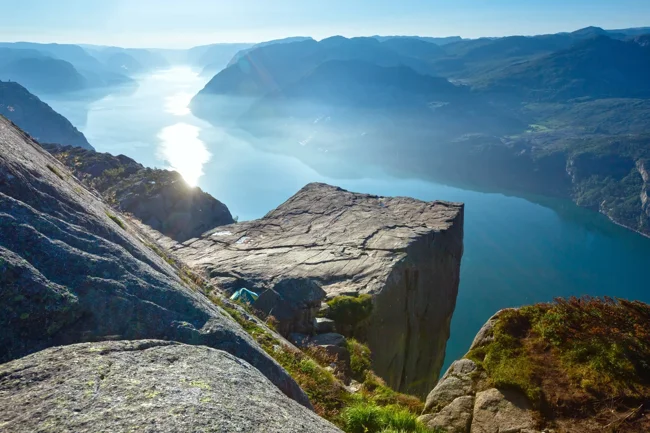
Preikestolen in Norway
Why the Yonaguni Pyramid sank under water
The ice melted, the water rose. About 10,000 years ago, the last ice age ended. Many coastal regions - and Yonaguni was among the first - sank under water. 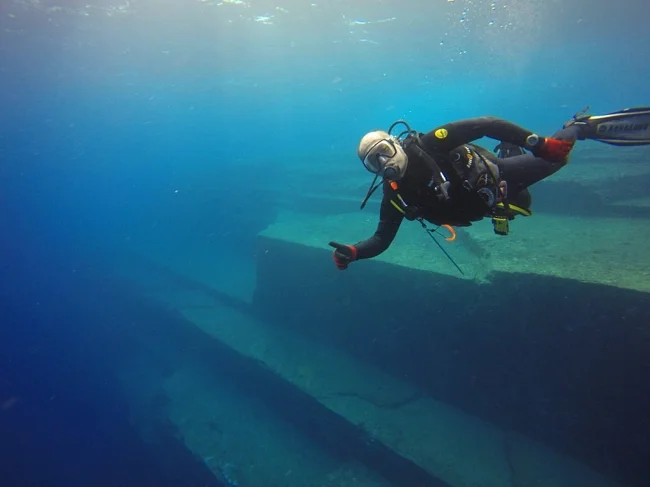
So, city or nature?
Now 3D models, lasers and underwater drones have come to the aid of archaeologists. 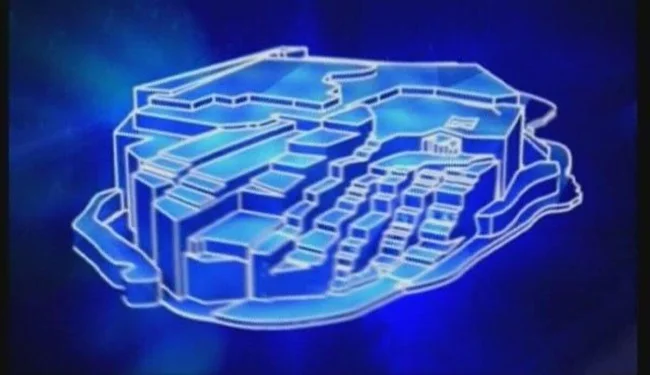
They are digitizing the entire complex, creating maps and trying to understand: where is nature and where is the hand of man. But, as it happens, the more information - the more questions. No one can yet say 100% what exactly is in front of us: a natural miracle or traces of an ancient genius. 
Just imagine: somewhere in the era of stone tools and cave paintings, on the islands of Japan lived a civilization that not only built, but did it in stone, with terraces, stairs and architectural taste. And all this long before the advent of writing. This could turn our understanding of human history upside down.
And if the Yonaguni Pyramid is truly man-made, then somewhere between the age of gathering and the first rice field, humanity managed to build something grandiose - and forget about it for several thousand years





